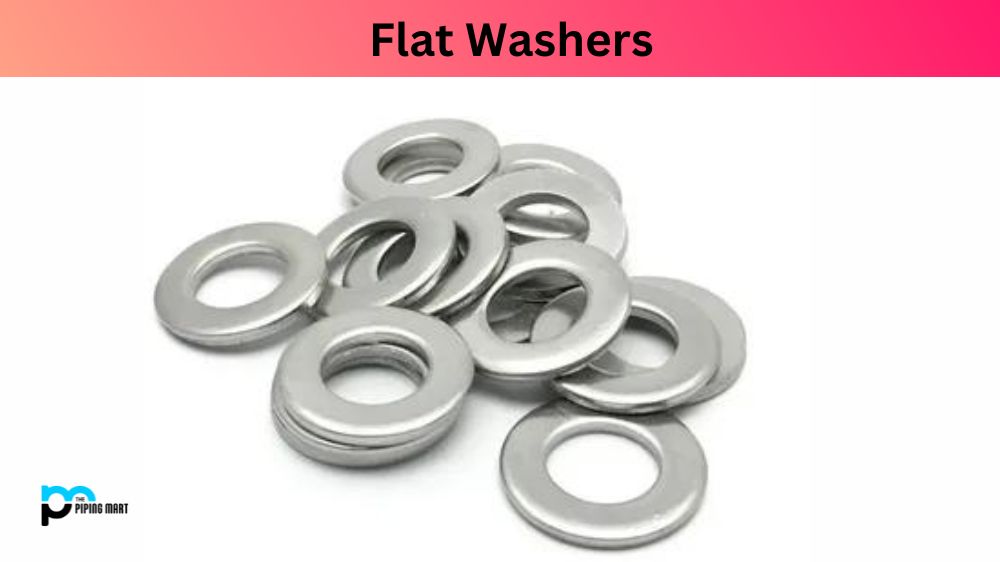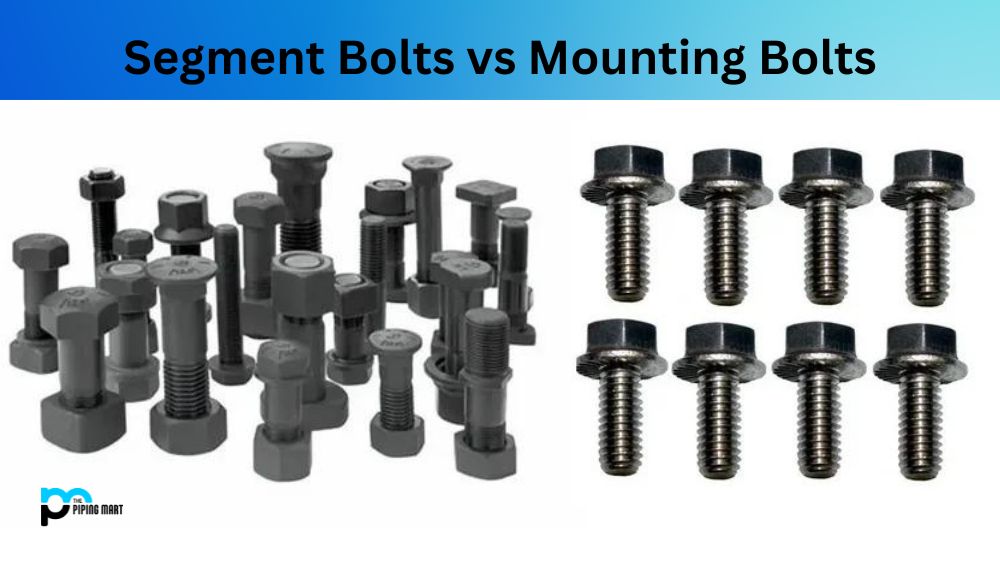Flat washers are small yet crucial components in everyday machines and equipment. They are placed between two surfaces to distribute load, prevent damage, and provide stability. If you want to know about flat washers, this blog post is for you. In this post, you’ll learn about the dimensions, properties, and uses of flat washers and how to choose the right one for your application.
What is Flat Washer?
A flat washer, also known as a plain washer, is a thin plate with a hole in the middle typically used to spread the load of a threaded fastener such as a screw or nut. Flat washers are important components in assemblies with rotation, vibration, axial tension and axial compression. They allow room for adjustment when tightening nuts and bolts to prevent damage to parts and ensure the clamping force is evenly distributed amongst threaded hardware components. Flat washers come in various materials, including steel, stainless steel and nylon, which offer good corrosion resistance.
Flat Washers Dimensions
| Size | USS inside Diameter | USS Outside Diameter | USS Thickness | SAE Inside Diameter | SAE Outside Diameter | SAEThickness |
|---|---|---|---|---|---|---|
| #2 | 3/32 | 1/4 | .020 | |||
| #4 | 1/8 | 5/16 | .032 | |||
| #6 | 5/32 | 3/8 | .049 | |||
| #8 | 3/16 | 7/16 | .049 | |||
| #10 | 7/32 | 1/2 | .049 | |||
| #12 | 1/4 | 9/16 | .065 | |||
| 1/4 | 5/16 | 23/32 | .065 | 9/32 | 5/8 | .065 |
| 5/16 | 3/8 | 7/8 | .083 | 11/32 | 11/16 | .065 |
| 3/8 | 7/16 | 1 | .083 | 13/32 | 13/16 | .065 |
| 7/16 | 1/2 | 1-1/4 | .083 | 13/32 | 13/16 | .065 |
| 1/2 | 9/16 | 1-3/8 | .109 | 17/32 | 1-1/16 | .095 |
| 9/16 | 5/8 | 1-15/32 | .109 | 19/32 | 1-5/32 | .095 |
| 5/8 | 11/16 | 1-3/4 | .134 | 21/32 | 1-5/16 | .095 |
| 3/4 | 13/16 | 2 | .148 | 13/16 | 1-15/32 | .134 |
| 7/8 | 15/16 | 2-1/4 | .165 | 15/16 | 1-3/4 | .134 |
| 1 | 1-1/16 | 2-1/2 | .165 | 1-1/16 | 2 | .134 |
| 1-1/8 | 1-1/4 | 2-3/4 | .165 | |||
| 1-1/4 | 1-3/8 | 3 | .165 | |||
| 1-3/8 | 1-1/2 | 3-1/4 | .180 | |||
| 1-1/2 | 1-5/8 | 3-1/2 | .180 | |||
| 1-5/8 | 1-3/4 | 3-3/4 | .180 | |||
| 1-3/4 | 1-7/8 | 4 | .180 | |||
| 2 | 2-1/8 | 4-1/2 | .213 |
Flat Washers Properties:
Flat washers can be made from several materials, including stainless steel, brass, rubber, nylon, and plastic. Each of these materials has unique properties that make it suitable for certain applications. For example, stainless steel washers are durable and corrosion-resistant, making them ideal for outdoor and marine applications. Brass washers, on the other hand, are excellent for electrical conductivity and are commonly used in electrical applications. Rubber and nylon washers have good insulation properties and are commonly used in plumbing and HVAC applications.
Flat Washers Uses:
Flat washers are versatile components that have various uses across different applications. Here are some common uses of flat washers:
To prevent surface damage and friction by providing a cushion or barrier between the mating surfaces.
To distribute the load across a larger surface area, preventing the bolt or nut from digging into the surface.
To adjust the height between two components by placing the washer underneath one component.
To secure a nut or bolt from loosening due to vibration by providing resistance and stability.
Sealing fluids and gasses using metal or rubber washers with high-pressure or heat-resistant properties.
Choosing the Right Flat Washer:
Choosing the right flat washer for your application can be overwhelming, given the numerous options available. Some factors to consider when choosing flat washers include your application’s dimensions, material, thickness, and strength requirements. You should also consider your application’s environment and temperature conditions and choose a washer that can withstand these conditions.
Conclusion:
Flat washers may seem insignificant, but they are vital in preventing damage, distributing load, and providing stability in many applications. By understanding the dimensions, properties, and uses of flat washers, you can choose the right washer for your application. Selecting the right washer can be daunting, but it’s essential to ensure your equipment’s optimal performance and longevity.

A passionate metal industry expert and blogger. With over 5 years of experience in the field, Palak brings a wealth of knowledge and insight to her writing. Whether discussing the latest trends in the metal industry or sharing tips, she is dedicated to helping others succeed in the metal industry.




